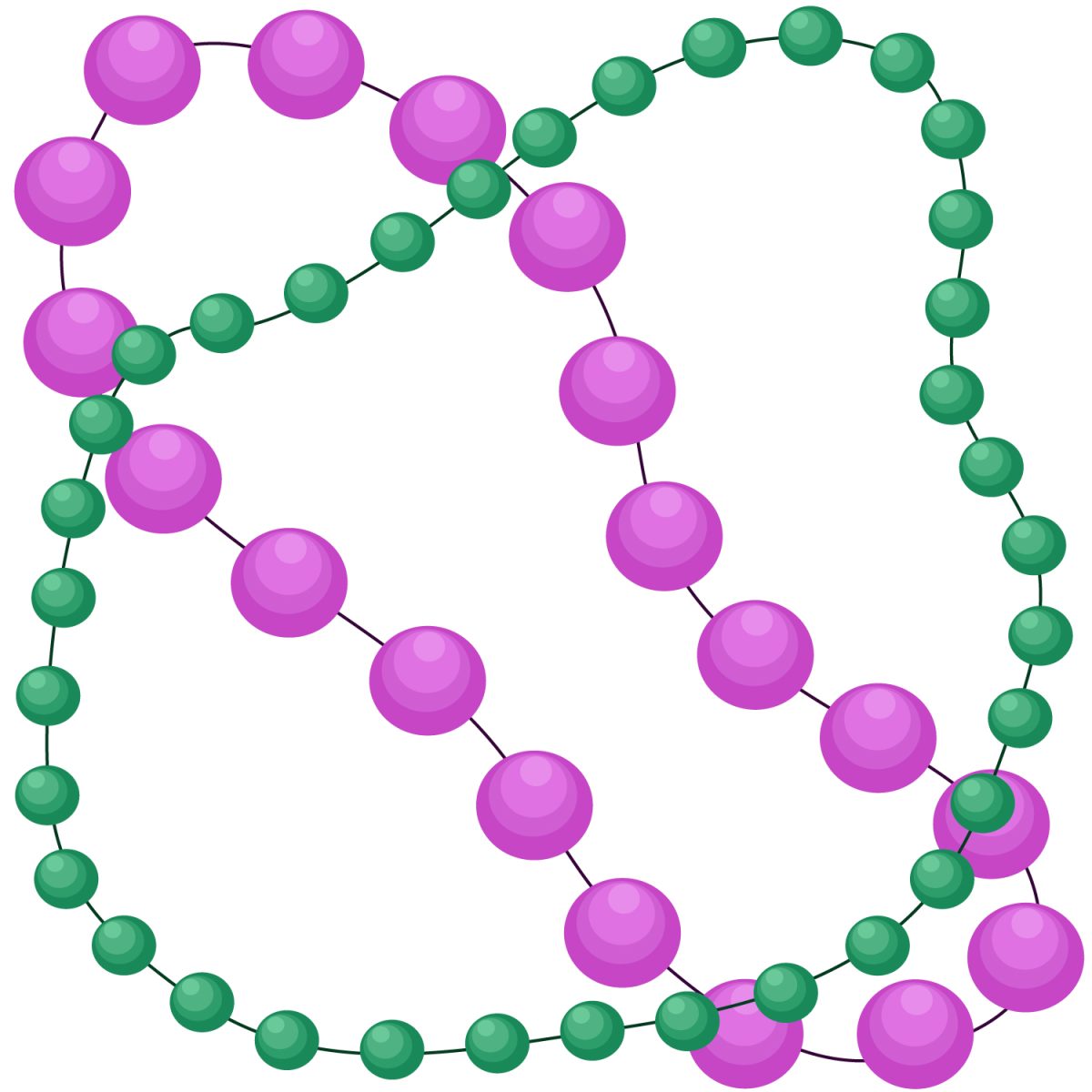Mardi Gras is a time-honored tradition in New Orleans LA and Mobile AL, which involves parades and parties, and is a final string of joy and debauchery before Lent. The most common custom at these parades is to throw strings of beads or candy to a crowd of outstretched arms. This concept paints a pretty picture but the sheer amount of plastic waste from these parades is taking a toll on the Gulf Coast ecosystem.
Mardi Gras in was originally a French Catholic celebration, possibly derived from the pagan holiday of Lupercalia. Traditionally, it began 40 days before Lent. In America, Mardi Gras began in Mobile, Al, in 1699 by Pierre Le Moyne d’lberville, an early French explorer who recorded a night of feasting and “Mask-wearing shenanigans,” This annual festival eventually developed into the formations of many different societies, who would perform in parades. Women, Jews and lower-class men were not allowed to join the many parade-participating organizations for a long period of time.
Mardi Gras is finally over as you are reading this. As you skim this article, people are combing beads and Moon Pies off the street, filling dumpster after dumpster. Millions of pounds of beads are imported from China every year. These beads litter the ground, trees and most notably, the storm drains. An Aug. 2018 cleanup in New Orleans dredged over 90,000 pounds of plastic beads in only five blocks of storm drains. Last year in Mobile, 300 tons of waste from Mardi Gras went to landfill. These beads can contain lead and fire-retardant materials that can be harmful to the ecosystem. Research shows a higher level of lead in soil has occurred near parade routes. The Center for Environmental Health has noted the waste from Mardi Gras as a “growing concern.”
Solutions to this concern are small, but significant. The custom of throwing beads and other toys is a long-standing tradition and it’s not likely to stop. The act of recycling Mardi Gras beads has started a small ripple of improving environmentally.
Some of the float designers have begun to recycle their designs, repainting and reusing materials to be more environmentally friendly. Arc of New Orleans LA, an organization that provides services to people with disabilities, accepts people’s Mardi Gras donations of beads and other throws. These are washed, repackaged and re-sold which helps reduce the amount of plastic waste.
Mardi Gras and its traditions are rooted in joy, but the environmental impact has turned many away from the days of festivities.
Microplastics and chemicals from beads can be harmful to people and animals alike. Excess waste can damage storm drains and other parts of drainage systems. Alternative options to traditional throws like beads and plastic-wrapped treats can alleviate concerns and bring back the positive feelings associated with this holiday.
Until then, Mardi gras will bear the dark shadow of unsafe materials and frivolous waste.
Opinion: Mardi Gras Plastic Waste Darkens Festivities
0
Tags:




